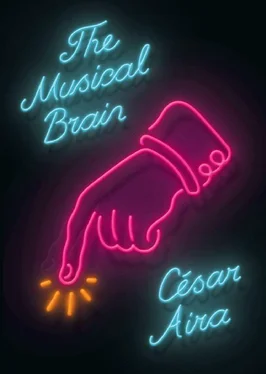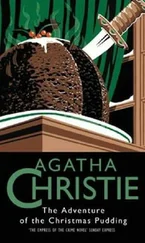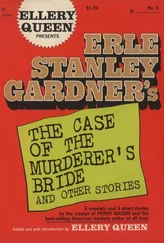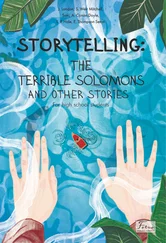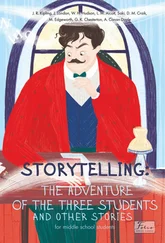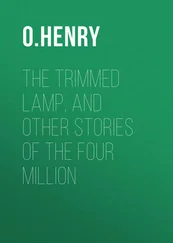So, predictably, we began to consider a first issue that would be thirty-six-fold, so to speak. An issue made up of numbers 1–2–3–4–5–6–7–8–9–10–11–12–13–14–15–16–17–18–19–20–21–22–23–24–25–26–27–28–29–30–31–32–33–34–35–36. That would allow for an almost total flexibility. Why hadn’t we thought of it before? Why had we wasted our time with “triples” and “quadruples” and “decuples” when there was such an obvious solution right under our noses? The printer’s “sheet” should have shown us the way right from the start, from the moment we discovered its existence, the famous “sheet” that was unfolding now before our eyes, like a rose in time.
The problem was how to fit those numbers on the cover. Would there be enough room for them all, and the dashes, between the title and the date? Wouldn’t it be a bit ridiculous? There was the option of replacing them with an austere “Nos. 1–36,” but for some reason we found that unsatisfactory. Defiantly, we decided to go the opposite way: filling the cover with numbers, big ones, in nine rows of four. Without any explanation, of course: we’d never have dreamed of explaining our contingency plan to the readers.
This confronted us with a serious problem: whether or not we provided explanations, people would look for them anyway — that’s just how the human mind is made. And a thirty-six-fold issue would suggest an obvious explanation, which everyone would find convincing: that the numbers on the cover had something to do with the number of pages. As they did, in fact, but not in what would seem to be the obvious way. This connection completely spoiled the fun of the idea, which we abandoned immediately. At that point I think we felt that we’d never really been satisfied with thirty-six.
Freeing ourselves of that bad idea freed us completely. We leaped to really big numbers, first a thousand, then ten thousand, which had a special prestige because of its Chinese associations. China, with the Cultural Revolution in full swing, was much in vogue at the time.
Any more moderate number would have seemed insufficient. Ten thousand. But no more than ten thousand. We could have gone wild and continued up into the millions, or the billions; but we were engaged in a very concrete and practical task — producing a magazine — not in wild speculation. We weren’t intending to abandon realism, though a mediocre, storekeeper’s realism had never been a part of our intellectual outlook. Ten thousand guaranteed total originality, without tipping over into unworkable folly. We made sure of this with pencil and paper, setting it all out in black and white.
Making an issue composed of ten thousand numbers meant that the “single” issue would be 0.0036 of a page. We weren’t math wizards. We had to do the calculations step by step, visualizing it all. This made the process infinitely more interesting; it became an adventure among strange and novel images. How did we arrive at 0.0036? Like this: if we reduced the magazine by a factor of ten, it would have 3.6 pages; if we reduced it by a factor of one hundred, it would have 0.36 pages, that is, a bit more than a third of a page or three tenths of a page; if the factor was a thousand, the magazine would be 0.036 pages long, that is, a bit more than three hundredths of a page; and if we increased the factor to ten thousand, thus reducing the magazine to a “single” issue, that issue would consist of 0.0036 of a page, in other words a little more than three and a half thousandths of a page. We had to visualize this too, to get a clear idea of what it meant. Referring to the budget prepared for us by the printers, we saw that the page size we had chosen for the first issue, in accordance with our means, was 8 by 6 inches. So the area of each page would be 48 square inches. Divided by ten thousand, that gave 0.0048 square inches, which had to be multiplied by 3.6 (that is, by the number of ten thousandths produced by the previous calculation). The result was 0.01728 square inches. . Should we round up? No, exactitude was the key, or one of the keys, to the enchantment that transported us. And unless we were mistaken (we covered a lot of paper with our calculations), 0.01728 square inches was the area of a rectangle 0.1516 inches high and 0.1140 inches wide. That wasn’t so easy to visualize. It was futile trying to use the imagination as a microscope to see that molecule, that speck suspended in a moment of sunlight (it didn’t seem heavy enough to settle). We had leaped beyond the sensory and the intuitive into the realm of pure science, and yet — this was the supreme paradox — it was there that we found the true, the real Athena , in the form of a “single” issue, springing from our heads just as the goddess whose name we had borrowed had sprung from the head of her father.
MAY 21, 2007
I WAS IN A BUS, sitting by the window, looking out at the street. Suddenly a dog started barking very loudly nearby. I tried to see where it was. So did some other passengers. The bus wasn’t very full: the seats were all occupied, but there were just a few people standing up; they had the best chance of seeing the dog, because they were looking from higher up and could see out both sides. Even for someone sitting, as I was, buses provide an elevated view, as horses did for our ancestors: la perspective cavalière . That’s why I prefer buses to cars, which carry you so low, so close to the ground. The barks were coming from my side, the sidewalk side, which was logical. Even so, I couldn’t see the dog, and since we were going fast I figured it was too late; we would already have left him behind. He had provoked the mild curiosity that always surrounds an incident or an accident, but in this case, except for the volume of the barking, there was little to indicate that anything had happened: the dogs that people walk in the city rarely bark except at other dogs. So the attention of the passengers was already beginning to dissipate. . when suddenly it was refocused: the barking started up again, louder than before. Then I saw the dog. He was running along the sidewalk and barking at the bus, following it, racing to keep up. This really was strange. In the old days, in country towns and on the outskirts of cities, dogs would run beside cars, barking at their wheels; it’s something I remember well from my childhood in Pringles. But you don’t see it anymore; it’s as if dogs had evolved and grown used to the presence of cars. And besides, this dog wasn’t barking at the wheels of the bus but at the whole vehicle, raising his head, staring at the windows. All the passengers were looking now. Had the owner got onto the bus, perhaps, forgetting the dog or abandoning him? Or maybe it was someone who’d attacked or robbed the dog’s owner? But no, the bus had been driving along Avenida Directorio without stopping for several blocks, and it was only in the current block that the dog had begun his chase. More elaborate hypotheses — for example, that the bus had run over the dog’s owner, or another dog — could be set aside, because there’d been nothing like that. It was a Sunday afternoon and the streets were relatively empty: an accident could not have gone unnoticed.
The dog was quite big, and dark gray in color, with a pointed muzzle, halfway between a purebred and a street dog, though street dogs are a thing of the past in Buenos Aires, at least in the neighborhoods we were passing through. He wasn’t so big that the mere sight of him was scary, but he was big enough to be threatening if he got angry. And he seemed to be angry or, rather, desperate and distraught (for the moment, anyway). The impulse that was driving him was not (or not for the moment, at least) aggression but an urgent desire to catch up with the bus, or stop it, or. . who knows?
Читать дальше
